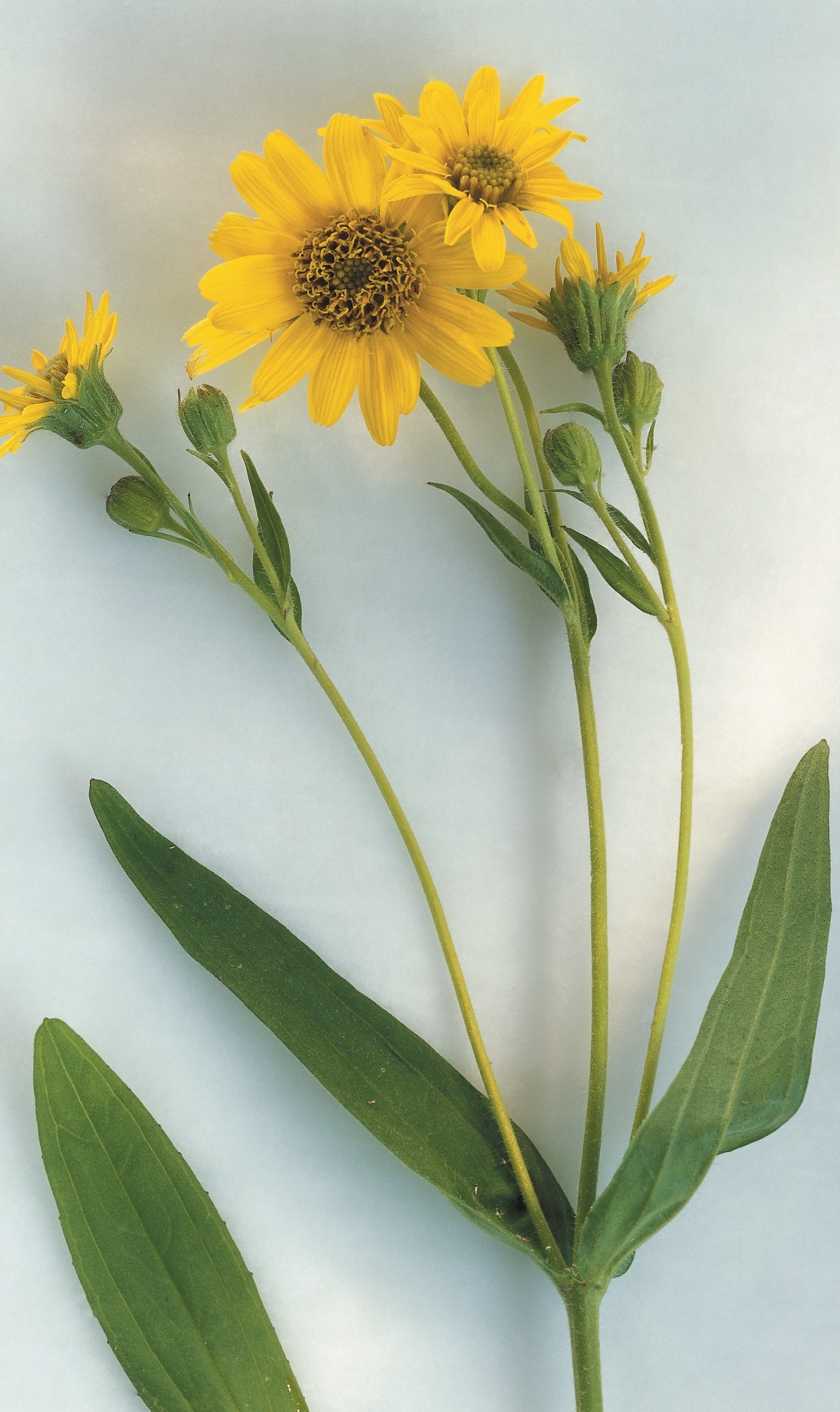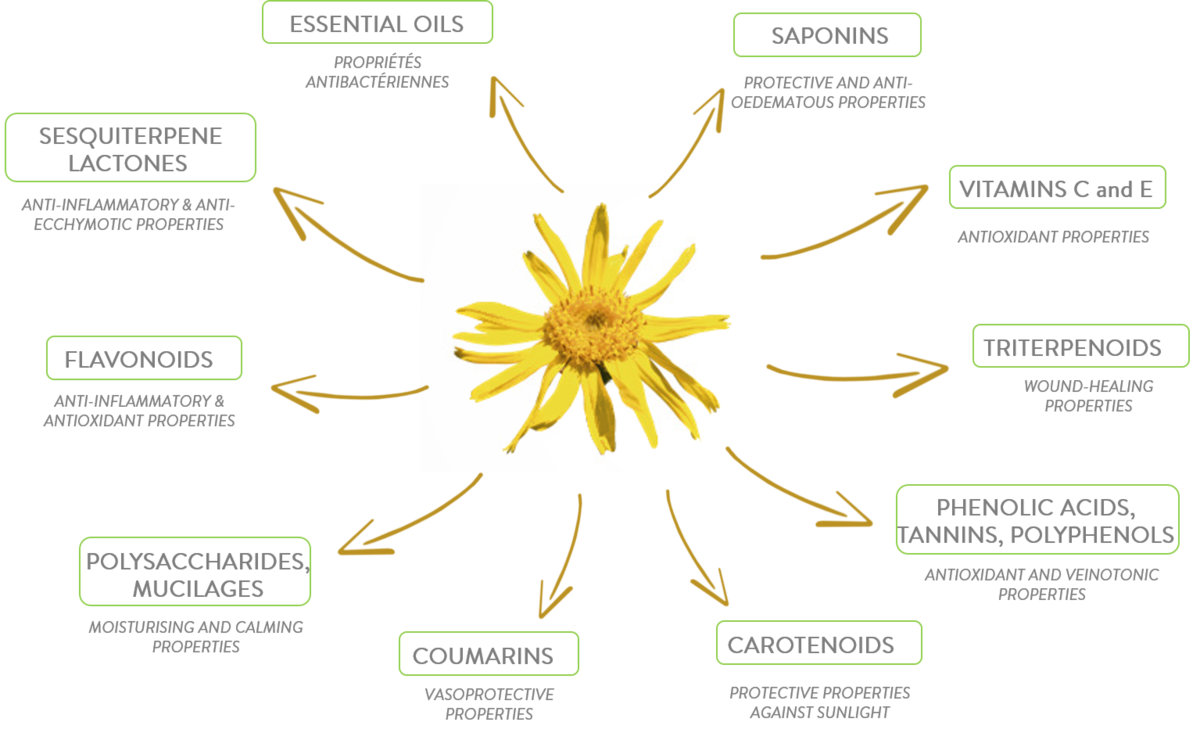Revealing the secret of Arnica Flower

The Arnica Montana is a perennial plant that grows at altitudes above 800 meters. When mature, it can reach a height of 60 centimeters, and its flowers, which are recognizable by their orange-yellow color, are 5 to 6 centimeters wide. The Arnica Montana is primarily found in Europe, but it also exists in some states in southern Russia and North America.
In France, it is almost ubiquitous, found at the foot of the Pyrenees, the Central Plateau, the Cevennes, Jura Mountains, the Vosges Mountains, and the Alps.
Although Arnica Montana is a wild plant, it cannot be obtained for free as it always grows on land owned by someone, whether public or private (through the French National Forest Office or cities, for example). Therefore, harvesters must request authorization to pick it.
The Arinca Montana is very particular about its growing environment, and its requirements for altitude, soil, and climate limit its growth. It likes acidic soil (with a pH between 5 and 5.5) and siliceous, calcium-free soil. It also needs at least a 3-degree slope to prevent stagnant humidity from becoming too acidic and to ensure satisfactory water flow. The plant's seeds are also very sensitive to drastic temperature changes.
Due to human activities such as cultivation, soil fertilization, and harvesting, the survival of the Arnica Montana is threatened, and it has become a protected species. Therefore, companies like Boiron follow good harvesting practices aimed at ensuring the sustainability of the species.
Did you know?
The Arnica plant has over 30 different species and 150 active ingredients.The most commonly used species are the Arnica Montana and Arnica Chamissonis, both found in Europe, as well as the Arnica Sororia, and Arnica Cordifolia, which are native to North America.
The history of Arnica is closely related to medicine. Its use in pharmacopoeias can be traced back to ancient Greece, beginning in the first century. The plant, referred to as "Alcimos" by the doctor and botanist Dioscorides, was later identified as Arnica. Alcimos means "beneficial" in Greek, and since then, the many benefits of Arnica have made it one of the most widely used plants.
The World Health Organization (WHO) recognizes the "traditional" uses of Arnica as "topical treatment of pain and inflammation caused by minor sprains and accidents (bruises, hematomas)" and "topical treatment of inflammation, insect bites and phlebitis (presence of thrombus in subcutaneous veins, such as varicose veins)."*
Arnica has many benefits and contains over 150 active ingredients. It has three main properties: anti-inflammatory, analgesic, and soothing. It is a natural pain reliever that can alleviate muscle tension. It can be very effective in reducing hematomas, relieving joint pain, and pain associated with osteoarthritis. Arnica also has many other advantages, such as helping with healing, antioxidant properties, and protecting blood vessels, among others:

Boiron's Arnica line up uses naturally harvested Arnica flowers and a newly developed formula to create our hero products with natural repairing power that can effectively remove stagnation and reduce swelling. To learn more, please browse our product pages.
Source:
* Source: (1) Monographie OMS ARNICA – 2007 : https://apps.who.int/iris/bitstream/handle/10665/42052/9789241547024_eng.pdf?sequence=3&isAllowed=y page 89